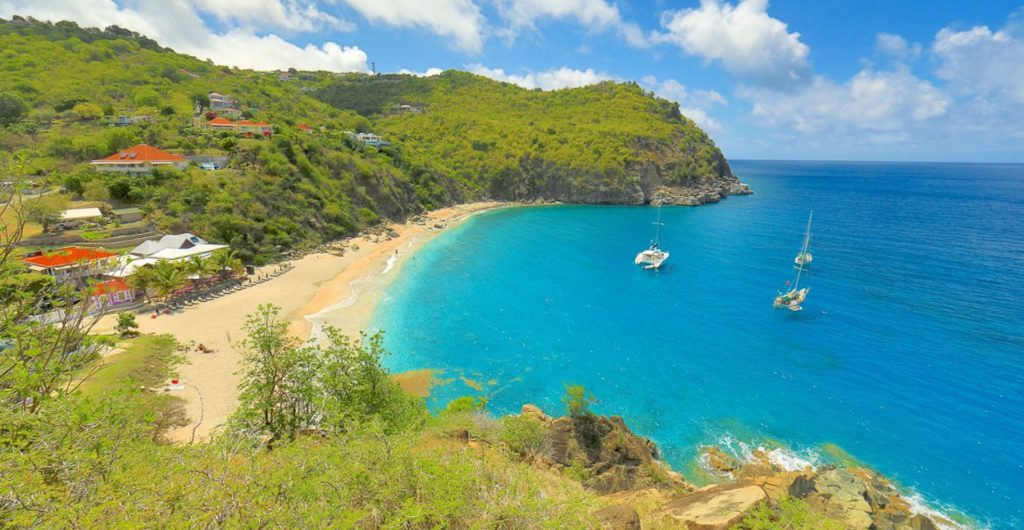The fragments were located primarily in the natural reserve, on Gros Islet
“If we do that, it is because we want kids to see underwater what I saw myself when I was a child,” says Didier Laplace, former fisherman, inveterate lover of his island Saint Barth, who embarked on this ambitious project of restoration of the coral reef and created the association Coral Restoration Saint-Barth.
Didier Laplace set up an underwater “nursery table” on which werethe cuttings of collected coral have been set up. First, the fragments were re-implanted in the Natural Reserve of St Barts, Gros Islet to where they will not be damaged. Didier Laplace like to restore first deer horn, more fragile species. “There were only nine sites around the island,” says Didier Laplace.
Rescue from single staghorn
At Grand Cul-de-Sac, as elsewhere, the ultimate damaged fragments were recovered and set up on the nursery table, in Saline. “These fragments have grown in size”, says Didier Laplace. And these corals already attract new juvenile fishes.
To relocate the most fragile species, another device was used. Domes in metal, in which relocated deer horns took place, to be protected there. Three of these domes were installed in Gros Islet.
Domes installed in depth by Coral Restoration Saint-Barth there are just over three months, and yet the cuttings have reached a considerable size, which allowed the restoration of an entire ecosystem. Corals serve effect of habitat protection and source of food for larger fish.
Meanwhile, the association embarks on a fundraising project to proceed with the laying of other domes in other parts of the island.



